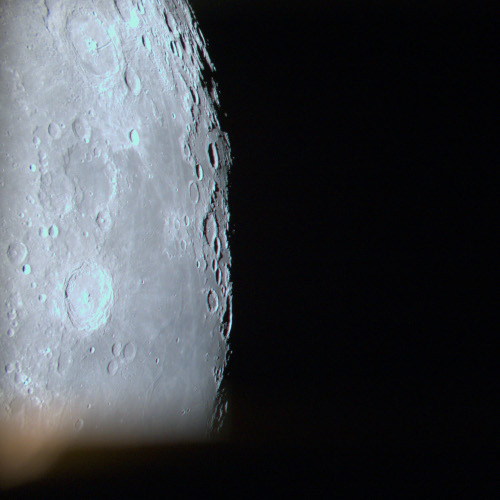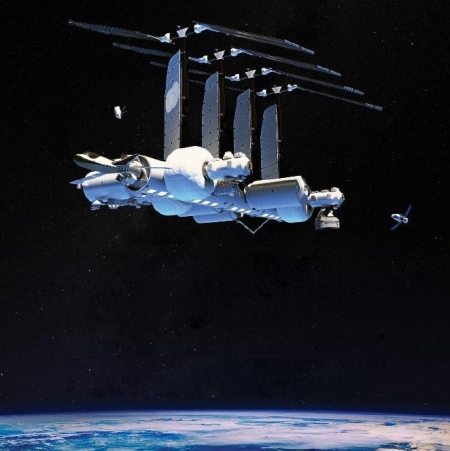Lunar rover startup signs deal to send rover to the Moon using Starship
The lunar rover startup Astrolab has signed a deal with SpaceX to send its FLEX rover to the Moon’s south pole region using a lunar lander version of Starship.
Jaret Matthews, founder and chief executive of Astrolab, said in an interview that the mission, which will include 1,000 kilograms of customer payloads, will be the first flight of the FLEX rover. It will be a rideshare payload on a Starship mission landing somewhere in the south polar region of the moon.
“Because our rover can traverse up to a couple thousand kilometers in a given year, we’re less sensitive to exactly where we land,” he said. “’It is definitely optimized for the south polar region because that’s fundamentally where we think that the bulk of the activity is going to be.”
The company unveiled a full scale prototype of its rover one year ago, when it made it clear it intended to compete for the rover contract in NASA’s Artemis program, competing against several big established players. Since then there has been little news. The story today sadly reeks to me of a lot of blarney. For example, the company has only 20 employees. Astrolab might have signed this deal, but I suspect it is a very tentative deal, easily canceled by either party at no cost.
The lunar rover startup Astrolab has signed a deal with SpaceX to send its FLEX rover to the Moon’s south pole region using a lunar lander version of Starship.
Jaret Matthews, founder and chief executive of Astrolab, said in an interview that the mission, which will include 1,000 kilograms of customer payloads, will be the first flight of the FLEX rover. It will be a rideshare payload on a Starship mission landing somewhere in the south polar region of the moon.
“Because our rover can traverse up to a couple thousand kilometers in a given year, we’re less sensitive to exactly where we land,” he said. “’It is definitely optimized for the south polar region because that’s fundamentally where we think that the bulk of the activity is going to be.”
The company unveiled a full scale prototype of its rover one year ago, when it made it clear it intended to compete for the rover contract in NASA’s Artemis program, competing against several big established players. Since then there has been little news. The story today sadly reeks to me of a lot of blarney. For example, the company has only 20 employees. Astrolab might have signed this deal, but I suspect it is a very tentative deal, easily canceled by either party at no cost.


